Photography is harder at extreme temperatures. Snow, frost and ice all make for spectacular winter scenes. Most cameras are designed to operate only above 0°C/32°F. Extremely hot environments can cause cameras to overheat, while sandy locations increase the risk of non-sealed equipment getting damaged. In this article we will discuss cameras for photography in harsh weather conditions.
Many Canon cameras have weather-sealing and can function in surprisingly severe conditions. When shooting in extreme temperatures, make sure you check weather forecasts before you set out and pack the appropriate clothing and outdoor photography gear.
Shooting In Cold Temperatures
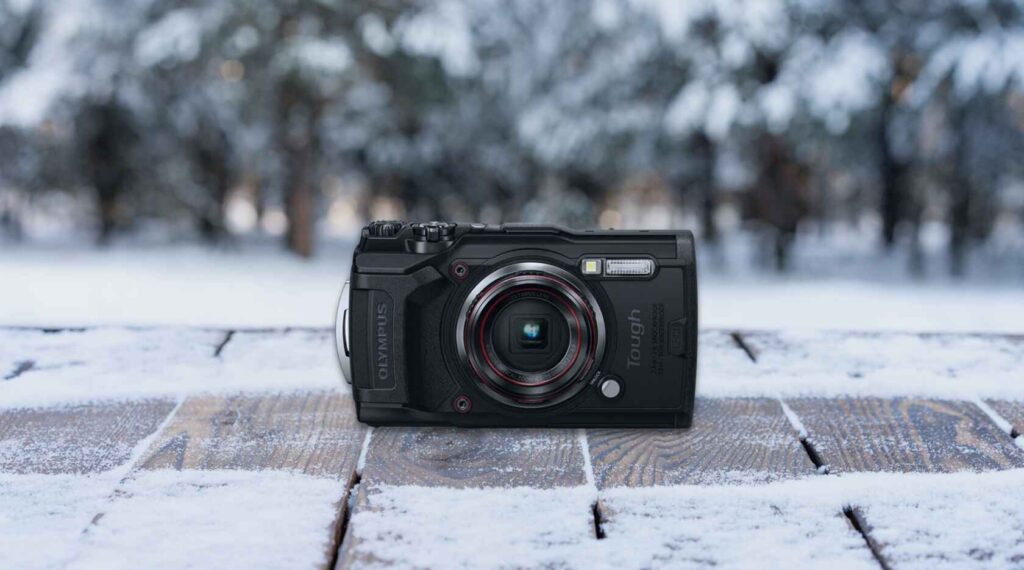
If you want to do photography in cold weather then you should follow the following tips.
1. Keep Your Hands Warm
Shivering hands can cause camera shake and lead to blurry shots. If you want to do photography in cold weather then you should pack a thick pair of waterproof gloves and hand warmers to heat your hands. Shivering hands can cause camera shake and lead to blurry shots.
Gloves are important for shooting photography in cold weather.They can make it harder to press camera buttons. A Canon lens with an assignable control ring, such as the RF 200-800mm F6.3-9 IS USM, RF 35mm F1.8 MACRO IS STM or RF 85mm F2 MACRO IS STM, will often be easier to operate while wearing gloves. Canon cameras with a joystick controller, such as the Canon EOS R10, could also be helpful if gloves make it difficult to use the touchscreen to move your AF point.
2. Protect Your Gear
Canon EOS R System cameras, such as the EOS R6, EOS R6 Mark II and EOS R7 have weather-sealing. These types of cameras have no issue of shooting in the rain, but check before you go out in a downpour. If any droplets do make it onto the lens, wipe them off with a clean microfibre cloth or lens wipe.
You can also buy protective filters for your lenses, which are very useful in extreme conditions. It’s advisable to avoid changing lenses in heavy rain or snowstorms, as you could risk damaging your equipment.
If you’re using your camera outside and you haven’t turned the focus ring manually or used the autofocus for a while, your lens focus and zoom rings may ‘freeze’. To prevent this, ensure your camera is wrapped up and in a good quality bag when you are not using it, or cover it up if shooting in snowfall. Alternatively, you can turn the focus and zoom ring using the AF motor, or do it manually.
Your batteries will drain faster than normal in cold weather. You should keep your camera and batteries in your bag, to protect them from the conditions. You should keep your cameras in an internal pocket where your body heat will keep them warm.
If you have to move directly from one environment to another, you could try wrapping a plastic bag around your gear for a few minutes, so that the temperature change is not as dramatic.
Read More: Nest Camera Very Hot Not Working – Causes And Solution Of Overheating!
3. Use A Tripod And Shoot Remotely
A lightweight and portable tripod will help stabilize your camera. Just remember not to touch the tripod with your bare hands if you’re in sub-zero conditions, as you may ‘burn’ your skin.
You can also use the Canon Camera Connect app on your smartphone to release the shutter remotely and wirelessly, which means you won’t need to touch the camera at all. You can adjust focus via the app and also use it to geotag your images, so you’ll never forget where you were when you captured that stand-out shot.
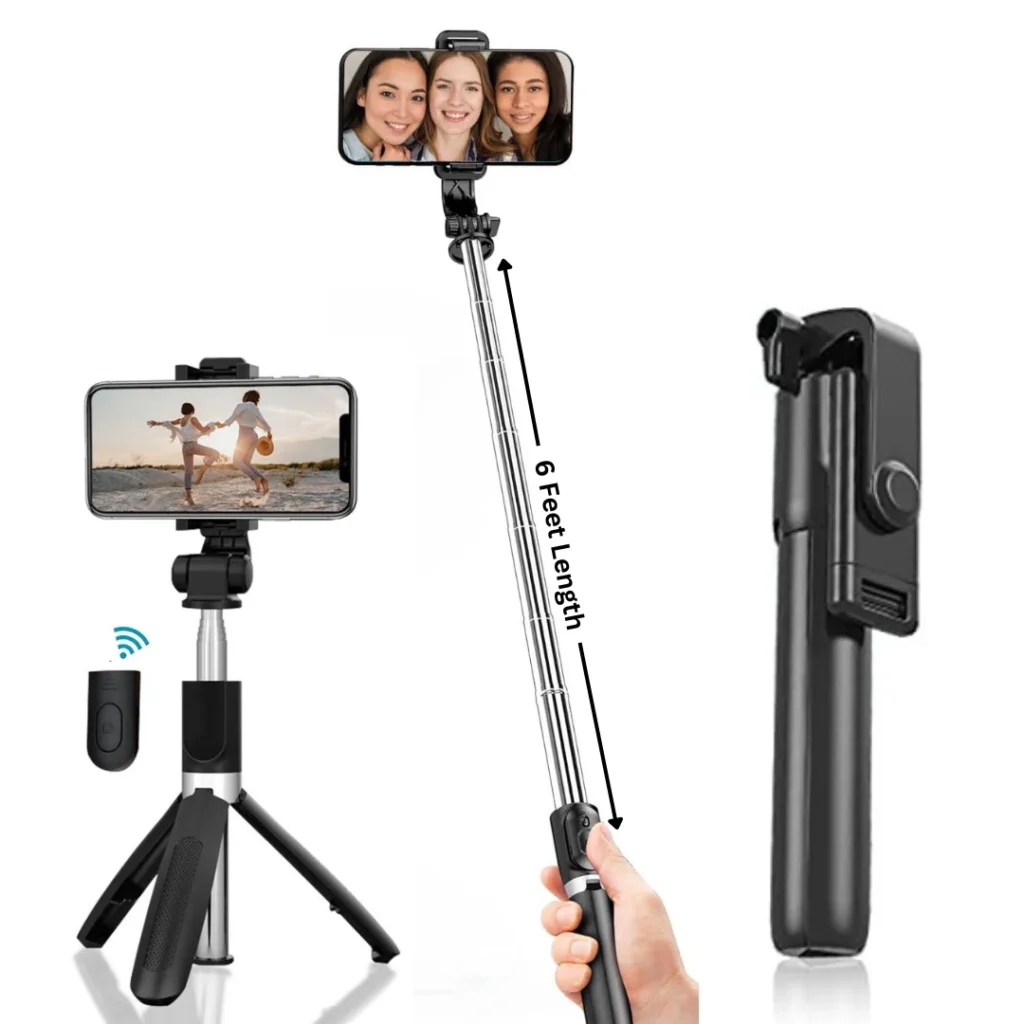
Shooting In Hot Or Sandy Conditions
1. Protect Yourself From The Sun
Avoid direct sunlight and stay in the shade whenever possible. If you have to be out in the sun, wear sunscreen with an appropriate UV protection factor, and a hat that shades your face. You should keep your gear in the shade, particularly your batteries.
2. Choose The Right Gear
Staying out of direct sunlight will also prevent your gear overheating, especially when shooting video. Cameras can’t function when they get too hot, so you won’t be able to continue when yours overheats, and might miss shots while you wait for it to cool down.
If you’re shooting in sandy environments, such as the beach or a desert, you need to protect your gear from grains of sand. The solution is to invest in a camera with weather sealing, such as the Canon EOS R7, which is moisture – and dust – resistant.
The EOS R7 also benefits from shutter protection, which helps to prevent dust from entering the sensor. Lenses are also vulnerable. Pair your weather-sealed camera with a similarly protected lens such as the Canon RF 200-800mm F6.3-9 IS USM, which features rubber seals that will prevent sand damaging internal optics.
If you are doing photography in extreme heat, you could store an ice pack in your kitbag to help keep things cool. Ensure this is wrapped appropriately, though, to stop moisture damaging your gear as the ice pack thaws.
The color of your gear plays a part too. Some Canon lenses, such as the RF 200-800mm F6.3-9 IS USM, have a white coating to keep the inside of the lens cool in hot temperatures.
The Canon EOS R50 is also available in white, which should help it stay cooler for longer than a black camera in sunlight. Additionally, L-series RF lenses such as the Canon RF 70-200mm F2.8L IS USM have a heat shield coating which prevents the lens barrel from overheating under the intense sun.
3. Lighting And Overexposure
Bright sunlight can easily lead to overexposed shots. Use your camera’s histogram or zebra pattern feature to monitor highlight peaking on the screen or via the EVF, underexposing your shot if necessary. As long as you don’t blow out highlights, you should be able to recover a shot that’s slightly too bright by reducing highlights and whites in editing software, such as Canon’s Digital Photo Professional.
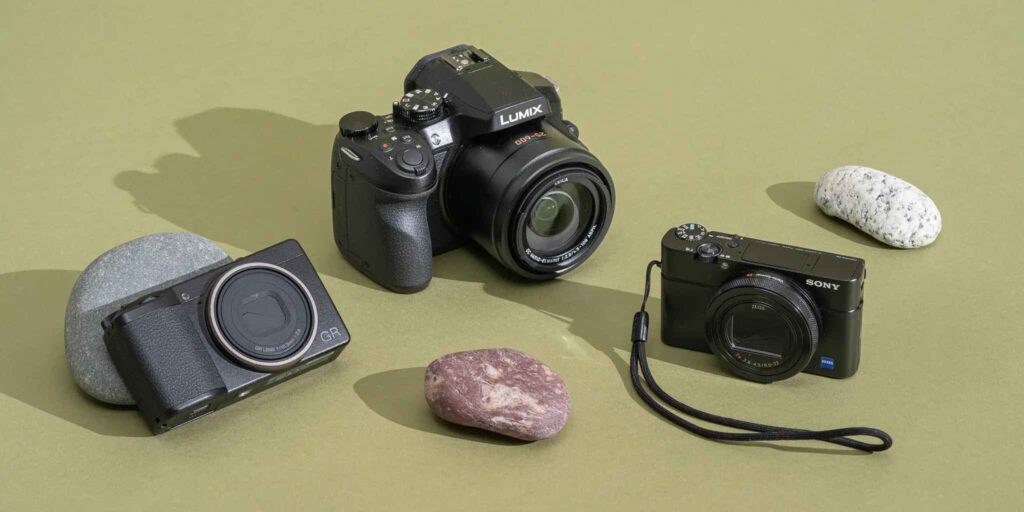
Check Your Camera’s Specs
Before using your Camera in extreme conditions, you should check camera specifications. Canon R3, the upcoming Sony a9 III, and the Nikon Z7 II all claim 0℃ as their lowest operating temperature. Lumix GH6 and the Fujifilm GFX100 manage -10℃.
For most situations, those specifications are probably sufficient. However, some people live where temperatures drop below freezing point. I often take photographs at temperatures below freezing, but I wanted to find out how my camera performed in more punishing conditions.
Read More: How Long Do Films Last In A Film Camera – Lifespan And Storage Tips!
Equipment
First and foremost you will need a camera which can handle the conditions. A weather-sealed camera is necessary but sadly, no weather sealing is perfect. In my experience Nikon and Canon do fairly well with their full-frame series. The Pentax K1 is supposed to be great too.
Olympus with their master micro 4/3 line and lenses boasts of their weather sealing. A sturdy tripod helps a lot. Travel tripods are normally too flimsy although there are techniques to keep them grounded. In addition, on that note you can attach an umbrella to your tripod if it is sturdy enough.
It is also important to keep yourself dry as to keep your spirit up. There is nothing worse than having cold water run down your neck and back! Make sure you are rainproof from top to bottom. Bring a proper rain jacket, trousers and boots. If you are planning for a hike first and do not own a pair of waterproof hiking boots you can even get covers for your hiking boots.
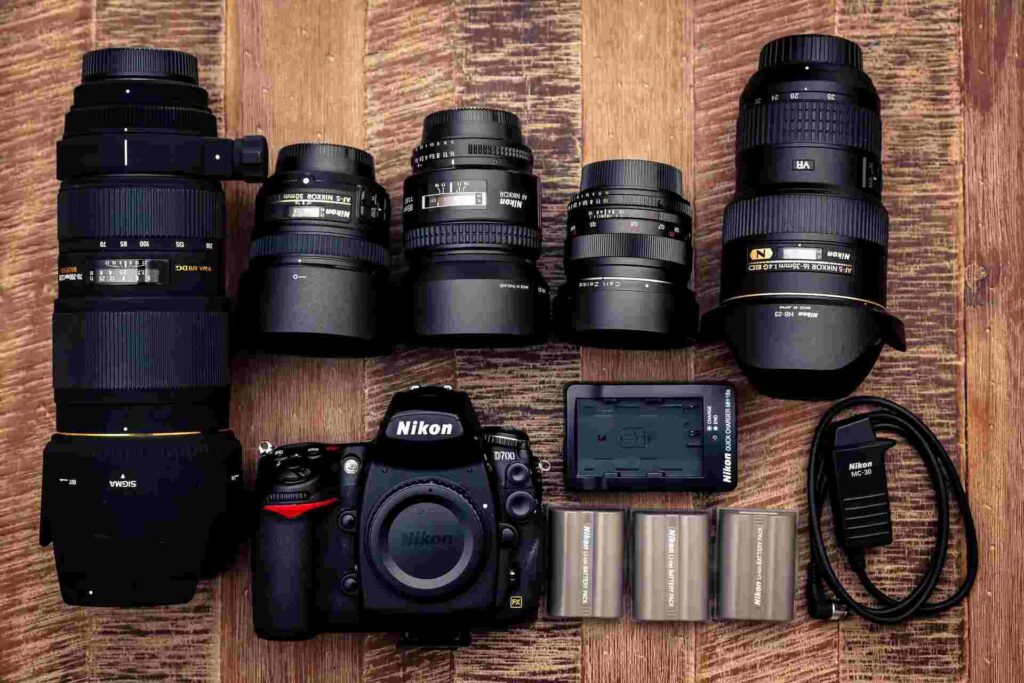
Cameras For Photography In Harsh Weather Conditions : Top Cameras
There are many best cameras for photography in harsh weather conditions.Best cameras are following.
(1)Olympus Om-D E-M1x
The Olympus OM-D E-M1X is a camera by micro four-thirds standards. The E-M1X is smaller, lighter, and magnitudes cheaper than those cameras while offering better weather sealing. This camera is IPX1 rated which means it can withstand an intense amount of moisture and dust attacking it.
The E-M1X boasts two processors and deep learning AI capabilities. The Olympus OM-D E-M1X can identify and track planes, trains, cars, and animals and birds. It has two batteries, there’s an articulating screen and a 20-megapixel sensor. Dual card slots, 7.5 stops of IBIS compensation, 60 FPS (single AF), 18 fps (continuous AF tracking) of continuous shooting with the silent electronic shutter.
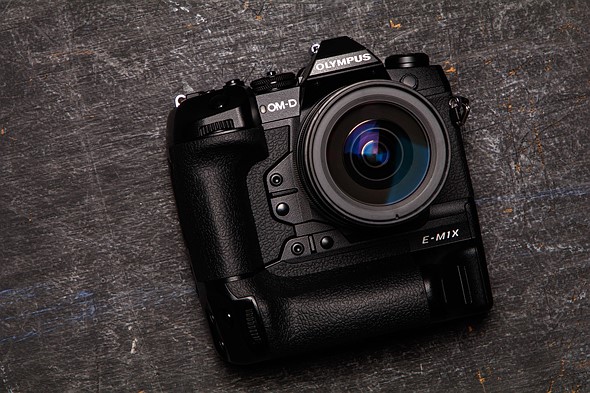
(2)Panasonic’s Lumix S5
The Panasonic Lumix S5 has build quality and weather sealing. This camera performs well in all situations and all-weather scenarios including the rain, blowing dust, and the cold.
There are two card slots, a fully articulating screen, and the battery life is solid. The ergonomics are also superb. When it comes to weather-sealed cameras, this 24-megapixel full-frame option is a bargain.
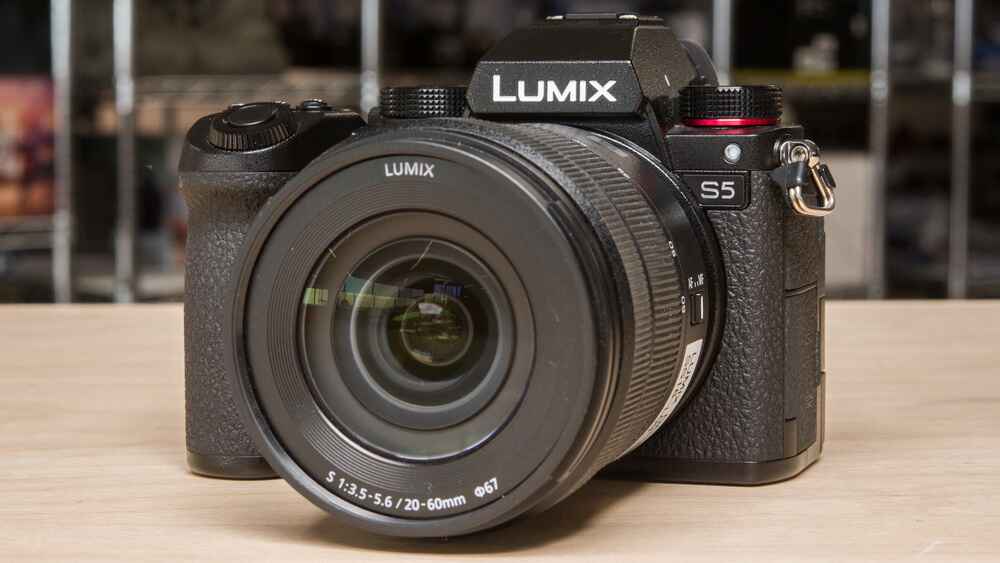
(3)Canon EOS R5
The Canon EOS R5 marked a big return to form for Canon after falling behind in the mirrorless camera wars. Canon went back to its DSLR design roots with the R5. It has amazing ergonomics, and it has been built tough like the old EOS 5D IV while shedding a little weight. The Canon EOS R5 features a 45-megapixel sensor that captures lots of detail and offers up a ton of dynamic range.
There are two card slots (one CFexpress B and one UHS-II), a fully articulating screen, and a big bright EVF. The Canon EOS R5 also has one of, if not the best autofocus system of any camera currently available. It can shoot 8K videos, and the IBIS is class-leading. This is a workhorse camera that will not let you down when the going gets tough.
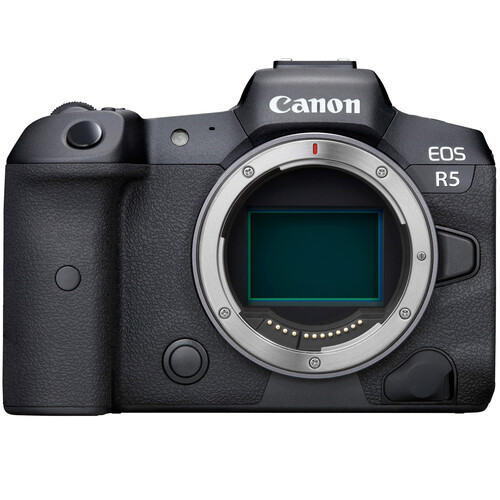
(3) Pentax K-3 Iii : Weather Sealed DSLR
Pentax is the best weather sealing cameras for years and they have withstood torture tests with flying colors. Pentax’s newest camera, the Pentax K-3 III is amazing.
This is one of the best weather sealing DSLR with a solid 26-megapixel sensor. Then there’s the brilliant SAFOX 13 autofocus system that allows eye-tracking through the large bright optical viewfinder. It doesn’t end there either as this camera also features dual card slots, IBIS, a self-leveling sensor, ergonomics that make the camera melt into your hand and a very responsive touchscreen.
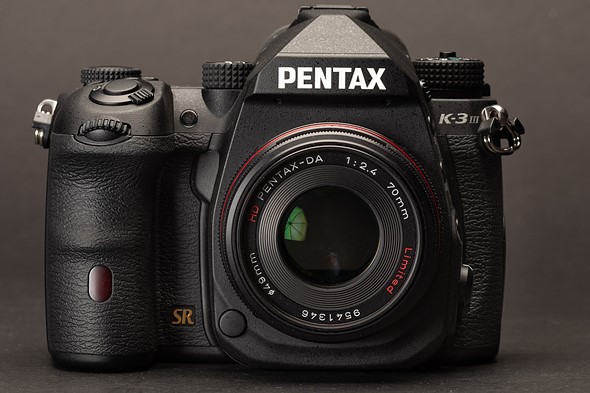
(4) Fujifilm X-T4
The Fujifilm X-T4 is a powerhouse APS-C camera that has been designed to meet the needs of photographers who like to shoot outside in all weather conditions. The X-T4 can operate in temperatures that range from -10°C to +40°C. (14°F to 104°F) and it will put up with the rain, the snow, dust, and ice as well. It’s a dependable camera that will have your back.
Inside the weather-sealed body, you’ll find a brilliant 26.2-megapixel X-Trans sensor. The camera also features a fully articulating screen, a good EVF, dual card slots, and a high-performing IBIS system. If you want a camera that has a retro vibe but that meets the standards required by today’s photographers, you might want to check out the X-T4.
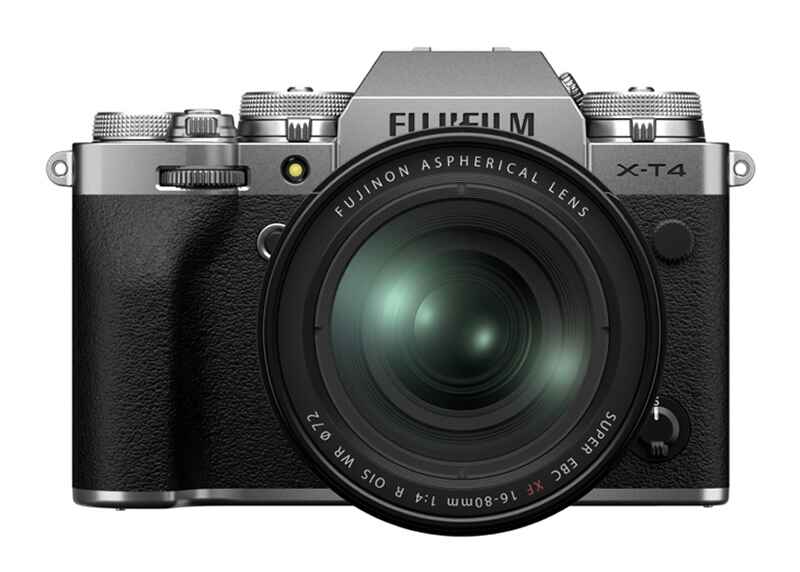
(5)Nikon Z 6ii
The Nikon Z 6II is a camera that flies under the radar quite often. The autofocus system has been improved greatly, the sensor is incredibly capable. The weather sealing is top-notch as well. The Z 6II is one of the most comfortable cameras. Even when out in the rain, it never felt like it wanted to escape my grip. On top of this the LCD and EVF are of great quality and the menu system is easy to use. There are two card slots, IBIS and the autofocus system.
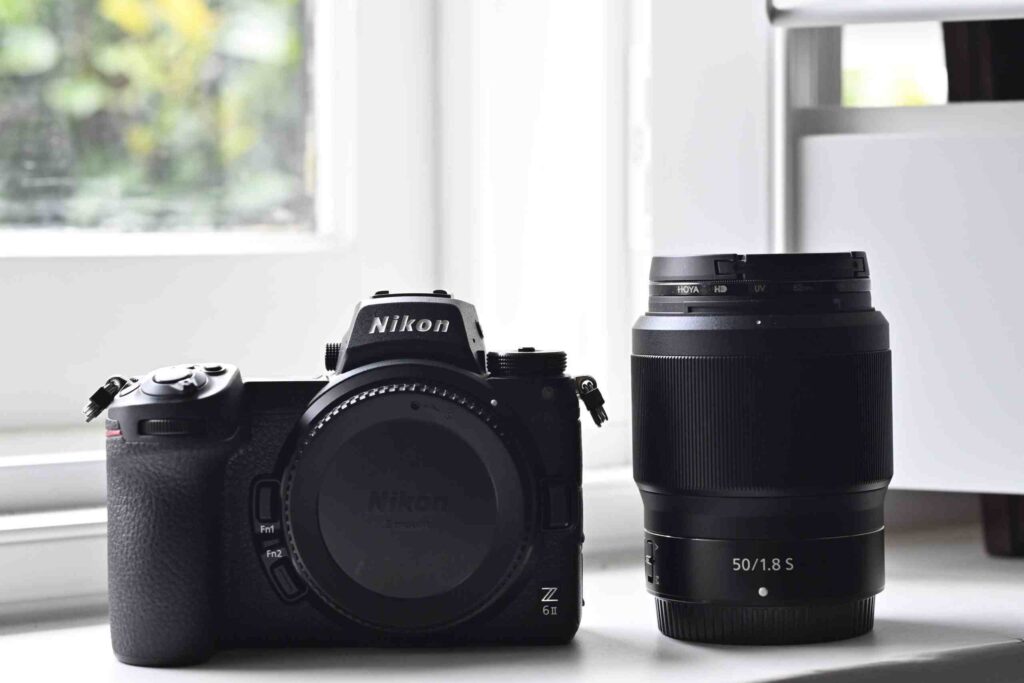
Frequently Asked Questions
(1)Which Types Of Cameras Are Used For Extreme Temperatures?
A:The high temperature cameras are essential for temperature monitoring in places where temperature reaches very high levels. They are very important for the product manufacturing process. Mesurex provides two type of cameras for high temperature measurement: Real Vision Cameras and Thermographic Vision Cameras.
(2)What Is A Weather Resistant Camera?
A:Weather sealing means a camera can withstand a few small droplets of moisture. It does not mean one can sit out in a rainstorm. A waterproof camera on the other hand is one which can be fully submerged. Weather sealing also does not prevent condensation.
(3)How Do I Keep My Camera Cool In Hot Weather?
A: You should keep your camera within a padded camera bag.A padded camera bag can serve as insulated protection from the hot, humid summer air. If you do not have a padded camera bag then you should use an insulated cooler.
Conclusion
It is very necessary to know the minimum operating temperature of your camera. The internal seals will harden in the cold and lubricants will thicken. In the coldest conditions, use the zoom and manual focus rings carefully. It is very necessary to check the minimum working temperature of the model you use before trying to use it in the severe cold. The operating temperature information is often hidden away very low down the list of the camera specifications on the cameras’ webpage. Severe cold will thicken lubricants, putting strain on the moving parts. It will also harden seals and cause water to condense within the lens and camera body. In this article we have discussed which cameras for photography in harsh weather conditions are suittable.


